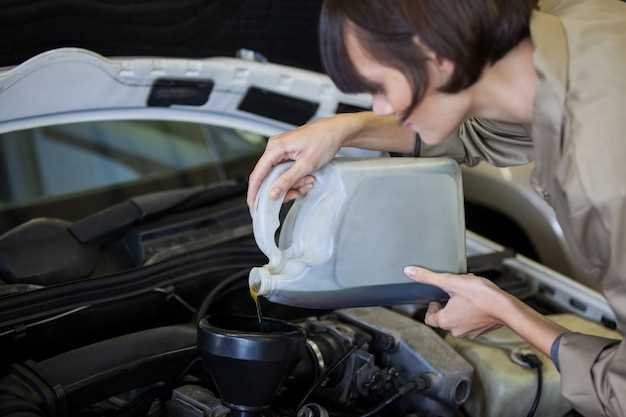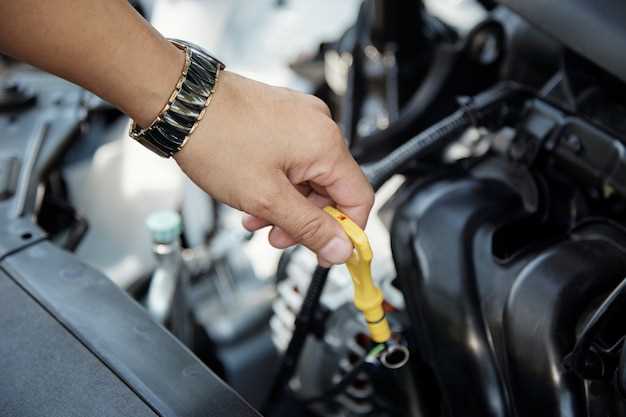
Regular maintenance is essential for keeping your BMW in optimal condition, and one crucial aspect of this care is monitoring the coolant levels. Coolant plays a vital role in regulating your engine’s temperature and preventing overheating. Ensuring that your coolant is at the proper level is a simple yet effective way to prolong the life of your vehicle.
Checking the coolant levels in your BMW is a straightforward process that can be performed at home with minimal tools. By taking the time to check the coolant regularly, you can avoid potential problems down the road. Whether you’re a seasoned car enthusiast or a new BMW owner, understanding how to maintain proper coolant levels is key to ensuring your car runs smoothly.
In this article, we will guide you through the steps to effectively check the coolant levels in your BMW. Knowing how to properly check and maintain your coolant will not only enhance your vehicle’s performance but also contribute to its longevity.
Identifying the Location of the Coolant Reservoir in Your BMW

The coolant reservoir in your BMW is an essential component for maintaining optimal engine temperature. To ensure your vehicle operates smoothly, it is important to know where to locate this reservoir. Generally, in most BMW models, the coolant reservoir is positioned near the front of the engine bay, often on the driver’s side.
To identify the coolant reservoir, look for a translucent plastic tank that allows you to see the coolant level inside. It typically has a cap labeled with a coolant symbol, which may also specify the required coolant type. The reservoir is connected to the engine via hoses, ensuring proper circulation of coolant throughout the system.
When you pop the hood, ensure the engine is cool before checking the coolant. This precaution prevents any potential injury from hot coolant or steam. Properly caring for your BMW includes regularly checking the coolant levels, which helps avoid overheating issues and promotes overall vehicle longevity.
In summary, finding the coolant reservoir in your BMW is a straightforward task that plays a vital role in the vehicle’s maintenance. Make it a habit to check the coolant level periodically to ensure your engine remains in top condition.
Steps to Accurately Measure Coolant Levels

To ensure the optimal performance and longevity of your BMW, it is essential to regularly check the coolant levels. Proper coolant maintenance is a vital component of vehicle care.
1. Prepare Your Vehicle: Before you begin, park your BMW on a level surface and turn off the engine. Allow the car to cool for at least 30 minutes to prevent any risk of burns when handling the coolant reservoir.
2. Locate the Coolant Reservoir: Open the hood and find the coolant reservoir. It is typically a translucent tank located near the radiator, with markings indicating low and high levels.
3. Check Coolant Level: With the reservoir in sight, inspect the coolant level against the markings on the side. The fluid should sit between the minimum and maximum lines. If it appears below the minimum mark, it’s time to add more coolant.
4. Assess Coolant Condition: In addition to measuring levels, take a moment to observe the coolant’s color and clarity. It should be bright and clean; a cloudy or rusty appearance can indicate contamination and may require a flush.
5. Add the Correct Coolant: If you need to add coolant, ensure you use the type specified in your BMW’s owner manual. Mix it as instructed (if necessary) and carefully pour it into the reservoir. Avoid overfilling, as this can cause pressure issues.
6. Seal and Monitor: After adding coolant, securely close the reservoir cap. Monitor the levels over the next few days to ensure there are no leaks, as this could indicate a larger issue requiring immediate attention.
Regularly checking and caring for your coolant levels can greatly enhance your BMW’s performance and reliability, ensuring a smoother driving experience.
Understanding Coolant Types and When to Refill
Coolant is a vital fluid that helps regulate the temperature of your BMW’s engine, preventing overheating and ensuring optimal performance. It is essential to check the coolant levels regularly and understand the different types available.
Two main types of coolant are commonly used in BMW vehicles: conventional and organic acid technology (OAT) coolants. Conventional coolants are typically made with ethylene glycol and include various additives to prevent corrosion. OAT coolants, on the other hand, use organic acids as additives and provide longer-lasting protection against corrosion, often allowing for extended intervals between replacements.
To determine when to refill your coolant, consider several factors. First, regularly check the coolant reservoir, ideally during routine maintenance checks or at least once a month. If the level is below the minimum mark, it’s time to add more coolant. Additionally, if you notice any signs of coolant leaks or overheating, inspect your system immediately.
Your BMW’s owner manual will specify the recommended type of coolant, so it is crucial to use the correct one to maintain the longevity of your vehicle. Refill the coolant gradually, ensuring you do not introduce air into the system, which can lead to further complications.
Taking care to understand coolant types and their maintenance will help ensure your BMW runs smoothly and efficiently for many miles.



